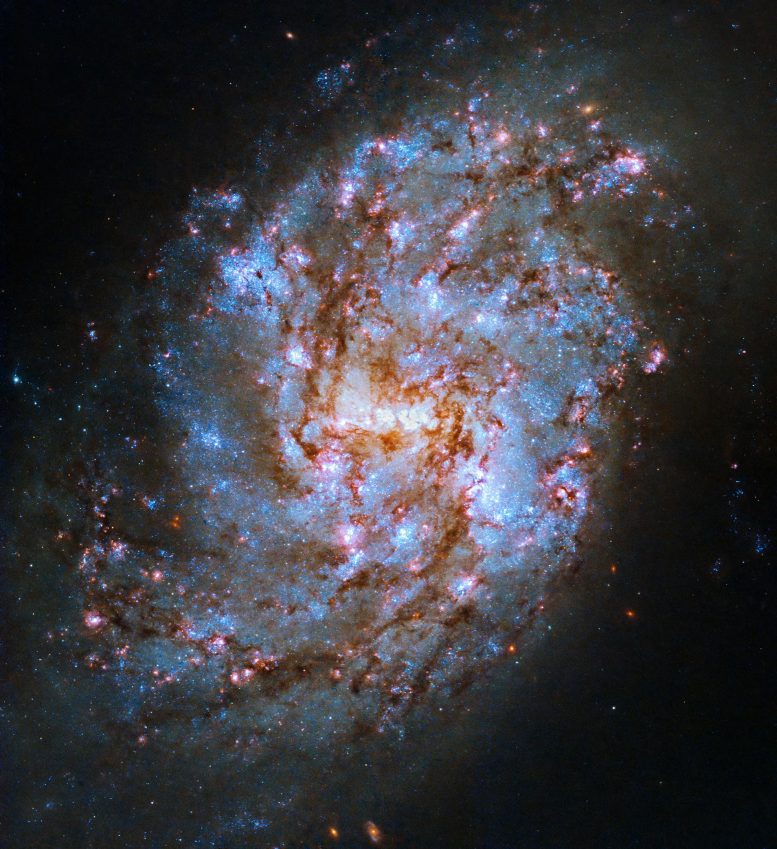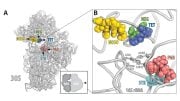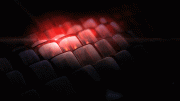
NGC 1087, an 80-million-light-year distant galaxy in Cetus, showcases both old and new stars. Discovered in 1785, it had a supernova sighting in 1995. Recent Hubble images like this one provide insights into its ongoing star formation and the interplay between stars and molecular gas. Credit: NASA’s Hubble Space Telescope, ESA, R. Chandar (University of Toledo), and J. Lee (Space Telescope Science Institute); Processing: Gladys Kober (NASA/Catholic University of America)
New and old stars alike twinkle in the dusty spiral arms of galaxy NGC 1087, as seen in this breathtaking image from NASA’s Hubble Space Telescope.
Located 80 million light-years away in the constellation Cetus, NGC 1087 is a barred spiral galaxy. It has a diameter of 87,000 light-years and a very small nucleus, or center. The galaxy’s dust lanes, seen in dark red, help define its spiral structure.
NGC 1087’s stellar bar – the elongated, bright-white structure at the galaxy’s center – is also shorter compared to other barred galaxies. Typically, in barred galaxies, the gravity of the center pulls in large quantities of gas, causing a burst of star formation followed by a slow decay. Uniquely, NGC 1087 shows signs of new star formation, making it of special interest to scientists.
Historical Observations of NGC 1087
British astronomer William Herschel discovered NGC 1087 in 1785. The galaxy sits just south of the celestial equator, making it visible from both hemispheres. In 1995, astronomers discovered a Type II supernova within this galaxy. Type II supernovae occur when a massive star uses all of its nuclear fuel and its iron core collapses, then explodes. Named 1995V, it is the only supernova ever seen in this galaxy.
Hubble’s Insightful Observations
In this new ultraviolet, visible, and near-infrared light image from NASA’s Hubble Space Telescope, the dark red streaks are cold molecular gas, the raw material from which stars form. The spots of bright pink signal areas where new stars are forming, characterized by the presence of ionized hydrogen, oxygen, and sulfur. The bluer regions hold hot, young stars formed earlier in the lifetime of this galaxy. Hubble observed NGC 1087 to study the connection between young stars and cold gas, and especially to determine what happens to gaseous regions after stars are formed within them.









Be the first to comment on "Mesmerizing Cetus Constellation Galaxy: A Cosmic Dance of Stars Through Time"